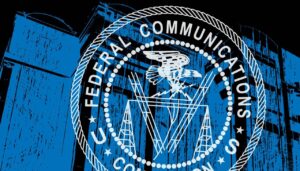 New Hampshire Section Manager Peter Stohrer, K1PJS, writes on the NH ARRL Members List on February 8, 2022 at 8:24 PM:
New Hampshire Section Manager Peter Stohrer, K1PJS, writes on the NH ARRL Members List on February 8, 2022 at 8:24 PM:
Hello NH ARRL Members,
House Bill 1644 was introduced to the NH House which would require 5G telecommunication antenna to be placed at least 1,640 feet from residentially zoned areas, parks, playgrounds, hospitals, nursing homes, day care centers, and schools. Also, the bill seeks to address concerns regarding potential RF exposure. The bill appears to be aimed primarily at wireless 5G applications but enough ambiguity in the wording has raised legitimate concerns that other non 5G radio services including amateur radio could be impacted.
The House Science, Technology and Energy Committee voted 17 to 4 on February 7, 2022 to recommend to the House that the bill be sent to interim study. If the recommendation is passed by the full House, a committee will be established and likely meet over the summer to determine whether legislation is recommended in the next term or not.
NH ARRL Leadership along with Director Kemmerer, AB1OC, and Vice Director Temples, K9HI, will be closely monitoring the House action and activity of the study committee if established regarding this bill.
A full reading of the bill can be found at:
https://www.gencourt.state.nh.
73
Pete, K1PJS
NH SM
——————————
ARRL New Hampshire Section
Section Manager: Peter J Stohrer, K1PJS
k1pjs@arrl.org
——————————
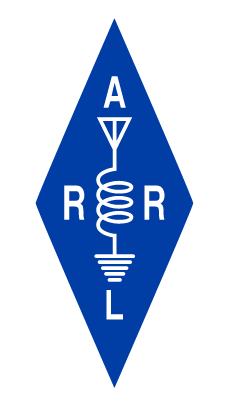
 New England Division Director Fred Kemmerer, AB1OC, writes:
New England Division Director Fred Kemmerer, AB1OC, writes: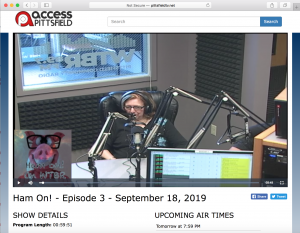
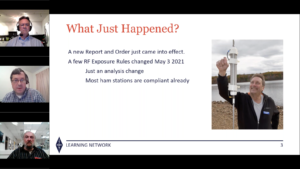
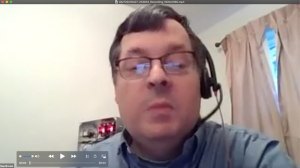 Eastern MA Technical Coordinator Dan Brown, W1DAN, will hold another presentation addressing the new FCC RF exposure rules on May 4 at 7:30 PM using the ARRL GoToWebinar platform.
Eastern MA Technical Coordinator Dan Brown, W1DAN, will hold another presentation addressing the new FCC RF exposure rules on May 4 at 7:30 PM using the ARRL GoToWebinar platform.  From ema.arrl.org:
From ema.arrl.org: